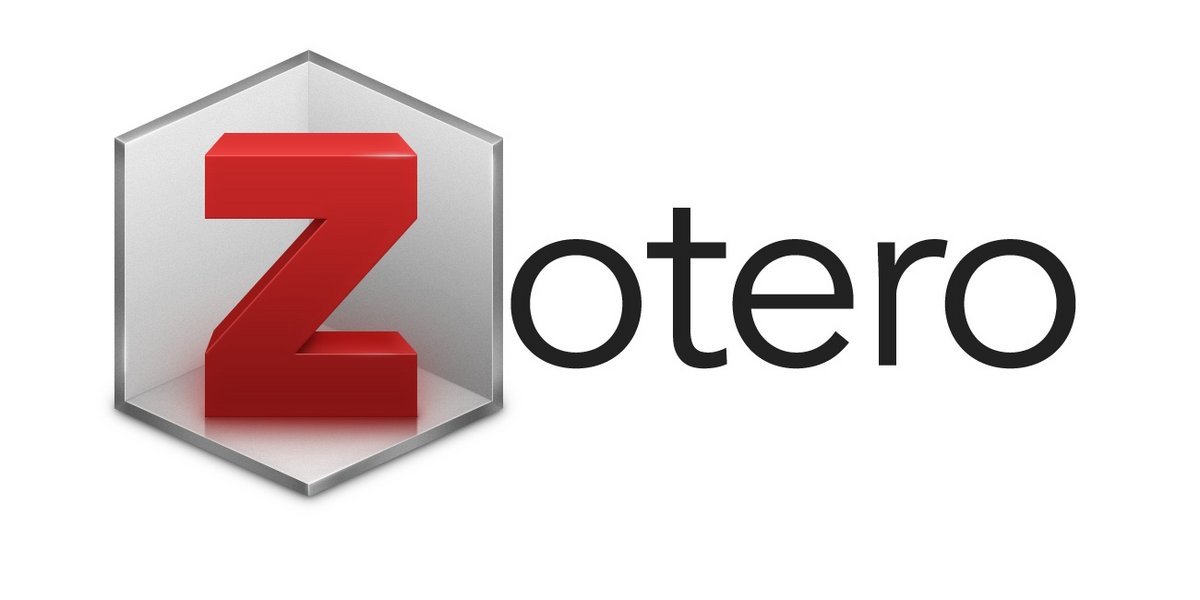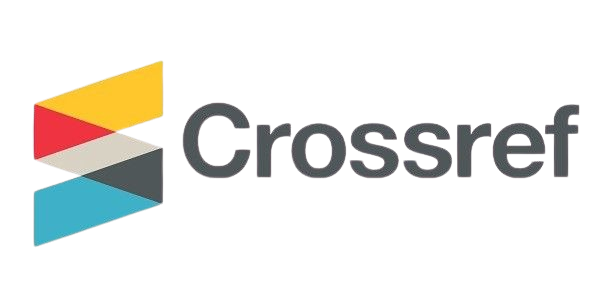Efektivitas Media Video Animasi Islami terhadap Peningkatan Kemampuan Literasi dalam Pembelajaran PAI dan Budi Pekerti di Sekolah Dasar
The Effectiveness of Islamic Animated Video Media in Enhancing Literacy Skills in Islamic Education and Character Learning at Elementary Schools
DOI:
https://doi.org/10.70757/kharismatik.v2i1.59Keywords:
Animation Videos, Learning Media, Student Literacy SkillsAbstract
Elementary school students’ literacy skills continue to face considerable challenges, particularly in Islamic Religious Education and Character Building (PAIBP), which requires understanding abstract moral and spiritual concepts. This study aims to examine the effectiveness of Islamic animated video media in enhancing the literacy skills of fifth-grade students at SDN 1 Cijengkol, Caringin District, Sukabumi Regency. Employing a quantitative approach with a survey design, this research involved the entire population of fifth-grade students (n=20) selected through a saturated sampling technique. Data were collected through structured questionnaires and interviews, then analyzed using simple linear regression. The findings reveal a significant influence of animated video media on students’ literacy abilities, indicated by a regression coefficient of 0.588 and an F-value of 25.84, exceeding the F-table value of 4.41. These results highlight that integrating animated video content into PAIBP instruction improves students' comprehension while fostering active engagement in learning. The study contributes to the growing literature on multimedia-based learning for character education in primary schools. Nevertheless, limitations such as a small sample size and a localized research setting must be acknowledged. Future research is encouraged to explore broader school contexts using experimental designs to evaluate the sustained impact of similar media interventions.
References
-, V. A. R., & Ummul Quro. (2022). PENGARUH MEDIA PEMBELAJARAN AUDIO VISUAL ANIMAKER TERHADAP PRESTASI BELAJAR IPA PADA SISWA KELAS IV. Jurnal Cakrawala Pendas, 8(4), 1141–1149. https://doi.org/10.31949/jcp.v8i4.2967
Abdurrahman An Nahlawi. (2004) Pendidikan Islam di rumah sekolah dan Masyarakat, Jakarta : Gema Insan.
Abidin ,Yunus. Dkk. (2004). Pembelajaran Literasi, Jakata : Bumi Aksara.
Ali, A. Z., Ghazal, M., & Attaallah, A. (2018). Engagement in cloud-supported collaborative learning and student knowledge construction: A modeling study. International Journal of Educational Technology in Higher Education, 15(8), 1-20. https://doi.org/10.1186/s41239-018-0103-1
Armstrong, L., & Retterer, O. (2008). The role of digital technologies to promote collaborative creativity in language education. Frontiers in Education, 5(7), 529-542. https://doi.org/10.3389/feduc.2008.02038
Dwi Cahyani, I., Nulhakim, L., & Yuliana, R. (2021). Pengembangan Media Pembelajaran Scrapbook Dongeng Fabel Terhadap Minat Literasi siswa SD. MIMBAR PGSD Undiksha.
Delen, E., Liew, J., & Willson, V. (2014). Effects of interactivity and instructional scaffolding on learning: Self-regulation in online video-based environments. Learning and Instruction, 34, 24–35. https://doi.org/10.1016/j.learninstruc.2014.08.001
Eshet-Alkalai, Y. (2004). Digital literacy: A conceptual framework for survival skills in the digital era. Journal of Educational Multimedia and Hypermedia, 13(1), 93-106. https://doi.org/10.1007/978-3-319-03919-0_17
Fahmi, M., & Ridwan, I. (2023). Pengaruh model pembelajaran blended learning terhadap hasil belajar siswa sekolah dasar. Lectura: Jurnal Pendidikan, 14(1), 85-98. https://doi.org/10.31849/lectura.v14i1.12031
Hidayat, D. (2022). Pemanfaatan Teknologi Digital dalam Kegiatan Pembelajaran. Jurnal Pendidikan dan Pengajaran Guru Sekolah Dasar, 5(2), 145-152. https://doi.org/10.55215/jppguseda.v2i1.988
Hidayat, T. (2022). Penerapan teknologi dalam pembelajaran dan dampaknya terhadap hasil belajar siswa. Jurnal Teknologi Pendidikan, 14(2), 45-56. https://doi.org/10.1234/jtp.2022.14245
Himang, C. M., Cernias III, R., Corbes, R. U., Alicer, M. J. M., Colobong, B., Olarte, J. M., Ocampo, L., & Bongo, M. F. (2023). Modelling the utilization of digital technology in education during the COVID-19 pandemic through an expert-based analytic tool. International Journal of Information and Communication Technology Education, 19(1), 23-45. https://doi.org/10.4018/IJICTE.20230101.oa3
Mayer, R. E. (2009). Multimedia learning (2nd ed.). Cambridge University Press.
Merkt, M., Weigand, S., Heier, A., & Schwan, S. (2011). Learning with videos vs. learning with print: The role of interactive features. Learning and Instruction, 21(6), 687–704. https://doi.org/10.1016/j.learninstruc.2011.02.002
Nur, I., & Reskiyanti, T. (2021). “Pengaruh Media Video Animasi Terhadap Kemampuan Menulis Karangan Narasi Siswa Sekolah Dasar.” SOCIETIES: Journal of Social Sciences and Humanities.
Nurseto, T. (2014). Media pembelajaran: Pemanfaatan video animasi dalam meningkatkan motivasi belajar siswa. Jurnal Pendidikan Indonesia, 9(3), 215-224. https://doi.org/10.23887/jpi.v9i3.504
Oktavia, P., & Khotimah, K. (2023). Pengembangan metode pembelajaran pendidikan agama islam di era digital. An Najah (Jurnal Pendidikan Islam Dan Sosial Keagamaan), 2(5), 66-76. https://journal.nabest.id/index.php/annajah/article/view/167
Ponce, H. R., & Mayer, R. E. (2014). Animation design in multimedia learning: The impact of synchronization on learners’ cognitive processing. Educational Technology Research and Development, 62(4), 385–397. https://doi.org/10.1007/s11423-014-9332-6
Rahmawati, A. (2022). Kelebihan dan Kekurangan Powtoon Sebagai Media Pembelajaran. Lentera: Jurnal Ilmiah Kependidikan, 17(1), 1 - 8. https://doi.org/10.33654/jpl.v17i1.1797
Setiawan, A. (2021). Problem based learning (PBL) model for the 21st century generation. In Social, Humanities, and Educational Studies (SHES): Conference Series (Vol. 4, No. 6, pp. 290-296). https://doi.org/10.20961/shes.v4i6.68457
Snow, C. E. (2002). Reading for understanding: Toward an R&D program in reading comprehension. RAND Corporation.
Sudiyono, (2009). Anas Pengantar Statistika Pendidikan, Jakarta : PT RajaGrafindo Persada
Sugiyono. (2016). Metode Penelitian Kuantitatif, Kualitatif, dan R&D. Bandung: Alfabeta. DOI: https://journal.unismuh.ac.id/index.php/pilar/article/download/10624/5947
Suharsimi Arikunto. (2009). Penelitian Tindakan Kelas. Jakarta: Bina Aksara.
Suherman. (2003). Validitas Instrumen dan Reliabilitas.
Sukarini, K., & Manuaba, I. B. S. (2021). Pengembangan Video Animasi Pembelajaran Daring Pada Mata Pelajaran IPA Kelas VI Sekolah Dasar. Jurnal Edutech Undiksha.
Susilo, A., & Rahmawati, R. (2023). The development of learning materials PjBL-STEM to improve students’ scientific literacy skills. Kwangsan: Jurnal Teknologi Pendidikan, 11(1), 66-82. https://doi.org/10.31800/jtp.kw.v11n1.p66-82
Utami, F., & Kowiyah, K. (2022). Pengaruh Media Video Animasi terhadap Kemampuan Membaca Permulaan. Jurnal Teknologi Pendidikan : Jurnal Penelitian Dan Pengembangan Pembelajaran.
Weigand, H. G., Trgalova, J., & Tabach, M. (2024). Mathematics teaching, learning, and assessment in the digital age. ZDM: Mathematics Education, 56(4), 525-541. https://doi.org/10.1007/s11858-023-01489-1
Zulfa, A. A., & Nugraha, M. S. (2024). Optimization of Teacher Motivation and Performance Using the Motivator and Hygiene Factor Approach at MIN 1 Bandung City. El-Idare: Journal of Islamic Education Management, 10(2), 144-150. https://doi.org/10.19109/elidare.v10i2.25480
Downloads
Published
How to Cite
Issue
Section
Citation Check
License

This work is licensed under a Creative Commons Attribution-ShareAlike 4.0 International License.
Authors who publish articles in Kharismatik agree to the following terms:
- Authors retain copyright of the article and grant the journal right of first publication with the work simultaneously licensed under a CC-BY-SA or The Creative Commons Attribution–ShareAlike 4.0.
- Authors are able to enter into separate, additional contractual arrangements for the non-exclusive distribution of the journal's published version of the work (e.g., post it to an institutional repository or publish it in a book), with an acknowledgment of its initial publication in this journal.
- Authors are permitted and encouraged to post their work online (e.g., in institutional repositories or on their website) prior to and during the submission process, as it can lead to productive exchanges, as well as earlier and greater citation of published work (See The Effect of Open Access).













